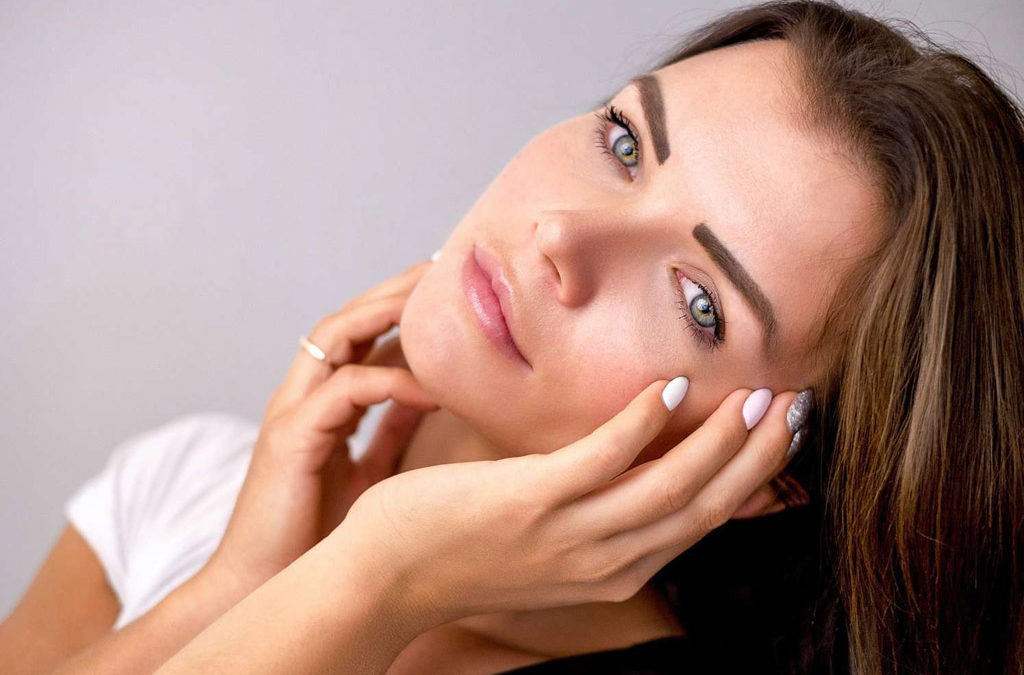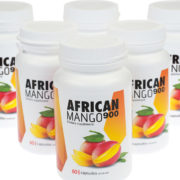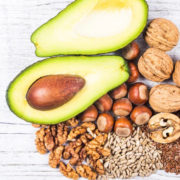People make a subconscious judgment about a person within 90 seconds and between 62% and 90% of that assessment is based on colour alone (1). Thus the single most important factor to consider when it comes to making a good impression is how we choose the colours we wear.
Fortunately, there is a scientific formula for choosing colours based on your skin tone, although it takes more than the stereotypical categorisation into ‘4 Seasons’ – as was popularly practiced during the eighties. Oxfordshire based image consultancy Chromology offers an advanced, science based consultation to determine one’s most flattering colours to wear. Founder Gabriella Winters says that not all blondes are ‘summers’ and if you are ginger you’re not necessarily ‘spring’.
The ‘part-science part-art’ process involves a 3-hour ‘draping’ session where the visual effects of various coloured fabrics are compared against each other. The fabrics are calibrated according to the 3 dimensions of colour: hue (coolness – warmth), value (lightness – darkness) and chroma (muteness – brightness); and the analyst observes and compares the optical illusions created by the different colour dimensions to conclude your most perfectly harmonising colour set.
Harmonious colours strengthen and complement each other, disharmonious colours weaken and undermine each other. The right shade of blue will make your skin appear clearer and more radiant, your teeth whiter and your eyes sparkle with photographic depth. The wrong shade of blue will maximise the surface flaws of your skin, making fine lines and dark circles appear stronger, your complexion sallower and duller and your face shape visibly flatter and wider.
A recent study at the University of Liverpool also revealed that people appear more attractive in some colours than others even when the colour is digitally altered to look like another colour and even when it’s obscured from the viewer (2). It was concluded that the attractiveness of clothing colour is influenced by colour-induced psychological effects. However, "clothing colour attractiveness is predominantly an attribute of wearing harmonious colours to one’s genetic colour tone" says Winters.














